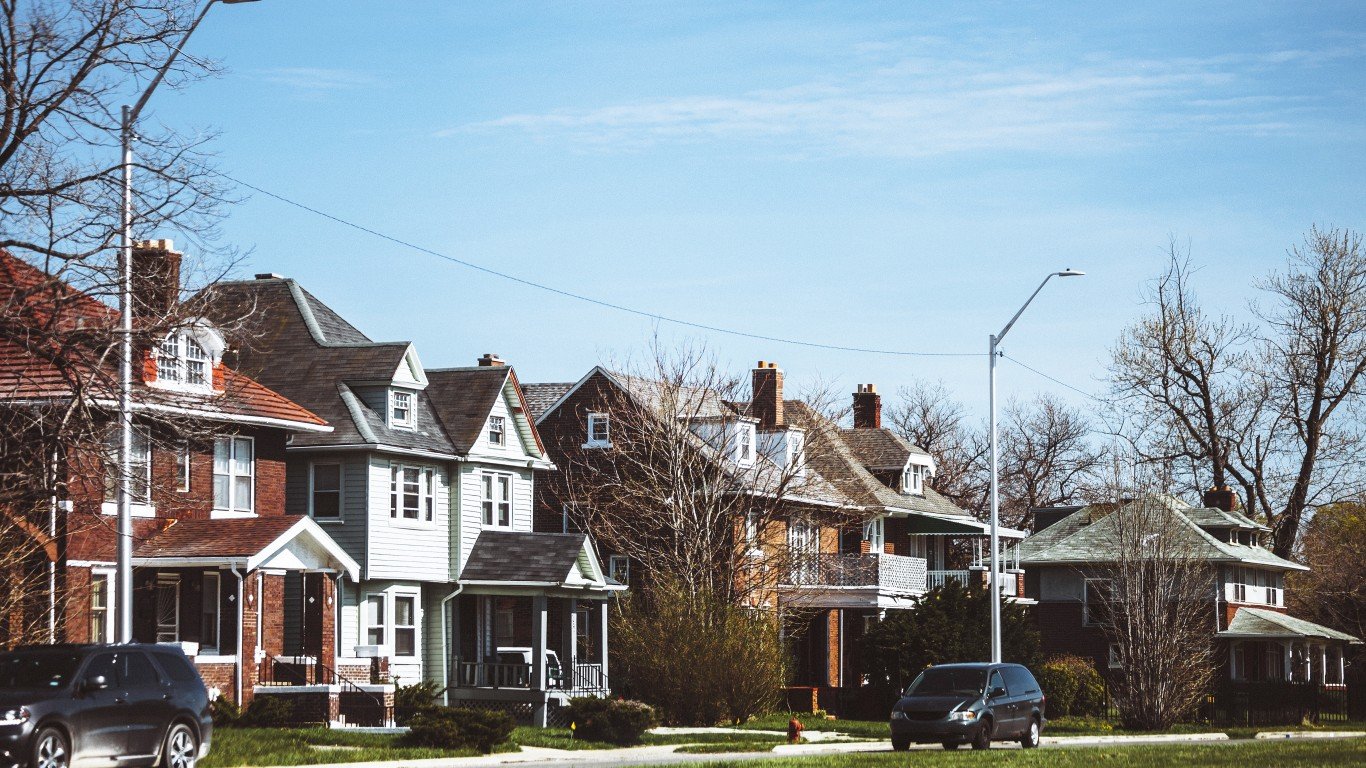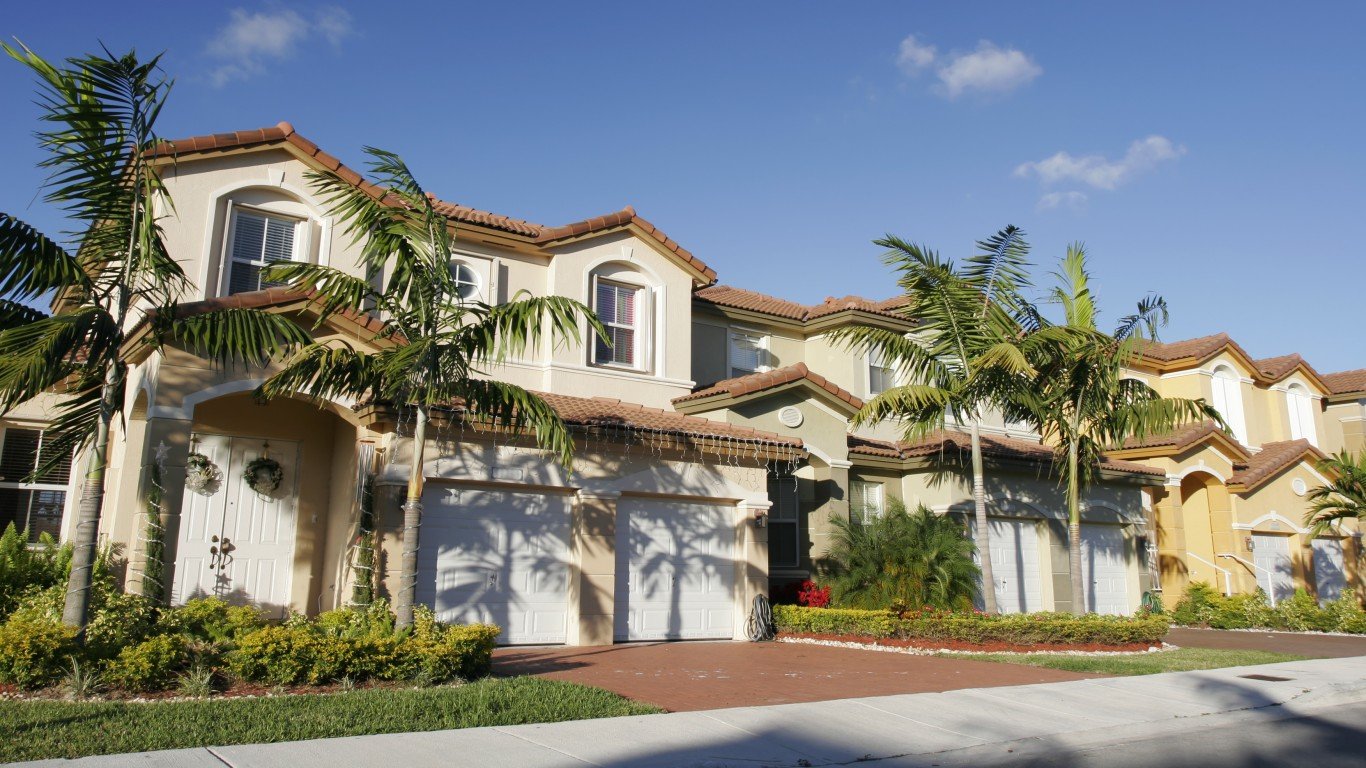

Home prices surged relentlessly during the first two years of the COVID-19 pandemic. Mortgage rates for 30-year fixed loans hovered around a low 3%. People moved, mostly out of big coastal cities, as “work from home” allowed them to relocate to metros that were more affordable and often had a perceived better quality of life. Bidding wars erupted on some homes, which increased prices on these more. Recently, however, the home price surge has slowed but not disappeared. America’s cheapest housing markets are clear.
Mortgage rates rose as high as 7% and should have killed the housing market. However, something else happened. Inventory dried up. One reason some real estate agents think this happened is because people with 3% mortgages did not want to sell their homes. The deals they had on their mortgage payments could not be replaced.
For a historical comparison, over the past two decades, home prices in some metros have tripled. Most of this has happened in the largest cities in Florida and California as the populations in those states jumped.
The Priciest and Cheapest Housing Markets

The Case-Shiller measurement of historical home prices tracks back to January 2000. That month, its researchers indexed the 20 largest home markets at 100. This allowed these researchers to track market prices and compare them month after month, market by market, as time passed.
The national index reached 312.95 in October, which means home prices across the country have more than tripled since the start of the century. The city with the highest indexed score in October is Miami, at 427.22. It is followed closely by Los Angeles at 419.90 and San Diego at 418.82.
The city with the lowest score is Detroit at 182.55. Cleveland is a close second at 183.69. The cities share something in common. Both were large industrial cities with peak populations in the 1950s, 1960s and 1970s. As American manufacturing dropped and often moved overseas, these cities lost more than half their mid-20th century populations. (Seven major American cities have lost half their populations.)
If home prices work on supply and demand, it is easy to see why Detroit’s housing market has done so poorly. Its population decline was too much of a headwind for a good housing market.
Smart Investors Are Quietly Loading Up on These “Dividend Legends”
If you want your portfolio to pay you cash like clockwork, it’s time to stop blindly following conventional wisdom like relying on Dividend Aristocrats. There’s a better option, and we want to show you. We’re offering a brand-new report on 2 stocks we believe offer the rare combination of a high dividend yield and significant stock appreciation upside. If you’re tired of feeling one step behind in this market, this free report is a must-read for you.
Click here to download your FREE copy of “2 Dividend Legends to Hold Forever” and start improving your portfolio today.
Thank you for reading! Have some feedback for us?
Contact the 24/7 Wall St. editorial team.


